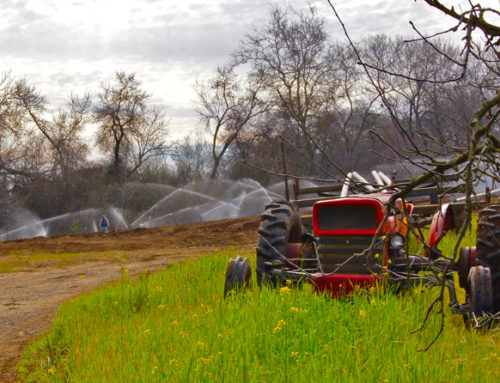Last Friday the “Food What” team (see last week’s post) gave us a hand harvesting potatoes, a mix of Yellow Finns, Red Pontiac and Fingerlings. Since we don’t grow enough potatoes to justify investing in a potato harvester we first use a large tractor mounted plow shovel which loosens the soil and lifts the majority of the potatoes to the surface inside a freshly dug furrow.

The teens formed groups (4-5 to a furrow) collecting potatoes into buckets first and then emptying them into apple bins. With the help of a front-loader the bins, once full, were lifted into our truck and hauled into dry storage. Again, an impressive effort by the “Food What” team: 7 bins, approximately 6000lbs of potatoes got harvested.

While combing through the soil on our hands and knees picking up potatoes, Edgar, one of the youth, was curious how we were able to grow so many crops and do so year-round. Edgar’s question is at the heart of what is probably one of the more challenging juggles on our farm – succession planting. If we time our cropping cycles just right we can maintain continuity and abundance throughout the year. Right now when so many crops are maturing at the same time, it is easy to get distracted just trying to stay on top of our harvests and fall behind on sowing and planting schedules for crops needed for November-December when days are shorter and colder.
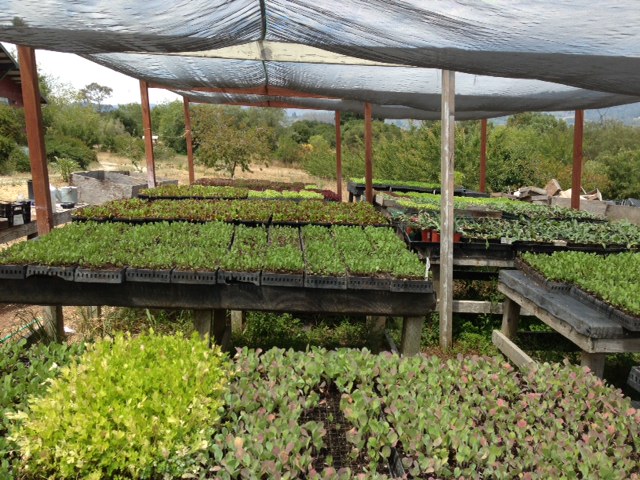
The green house right now is filled with trays growing seedlings of Brussels Sprouts, Romanesco Cauliflower, Celeriac, Winter leeks, Collard Greens, as well as late season successions of cucumbers and summer squash. Of course we need to continue to stay on top of our plantings of lettuce, kale, and broccoli, as well as field sown crops such as carrots, beets, parsnips, spinach, radishes, and late season green beans. It never really ends!
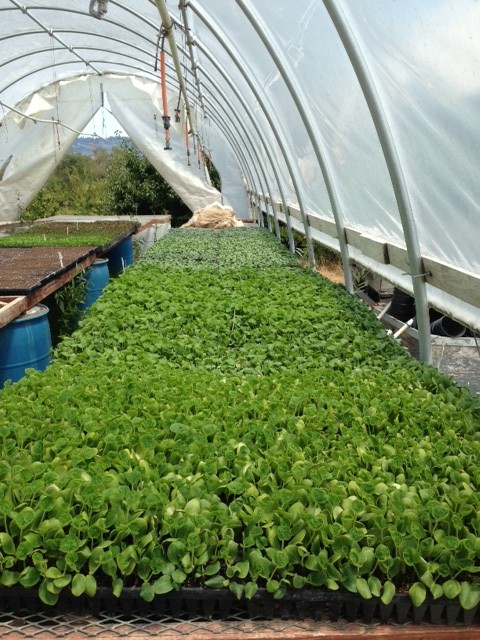
Each crop has its unique rhythm and life cycle, and its own particular character. Radishes and most leafy greens are fast and short lived; carrots and beets are steady and reliable; lush crucifers such as broccoli, cabbage and cauliflower like it cool and are generally hungry and thirsty.
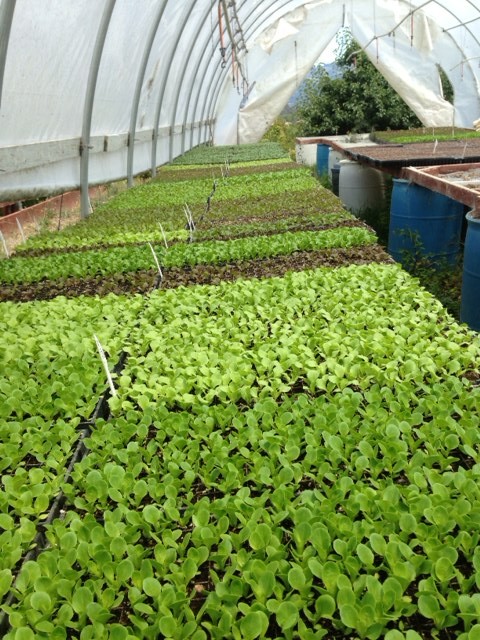
Successional plantings not only need to fit natural variables such as soil moisture, temperature, and day length, but also need to synchronize with the timing, field rotations and the unique physiological and cultural growing habits of all the other crops. Succession Planting is the Farm’s version of dancing to mother nature’s seasonality. It’s all about timing and will seem effortless if every part of the farm, whether biological, mechanical, meteorological, or human, harmonizes. Most of the time we are all pretty clumsy dancers, but to experience just a moment of perfect harmony, makes it all worthwhile.
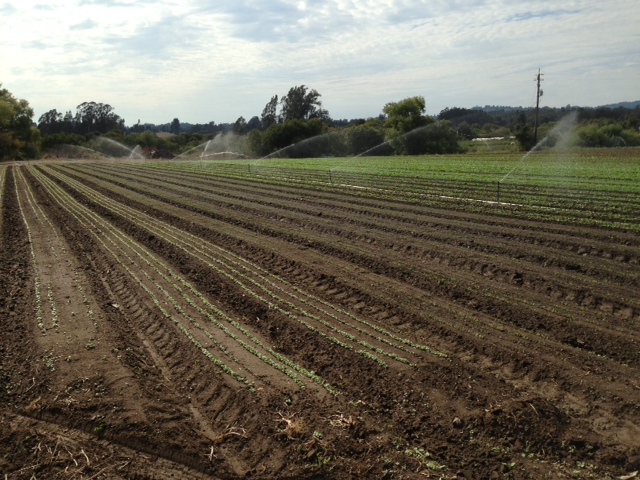
In this picture you can see how crops are planted in succession, with the more mature crops on the right.



